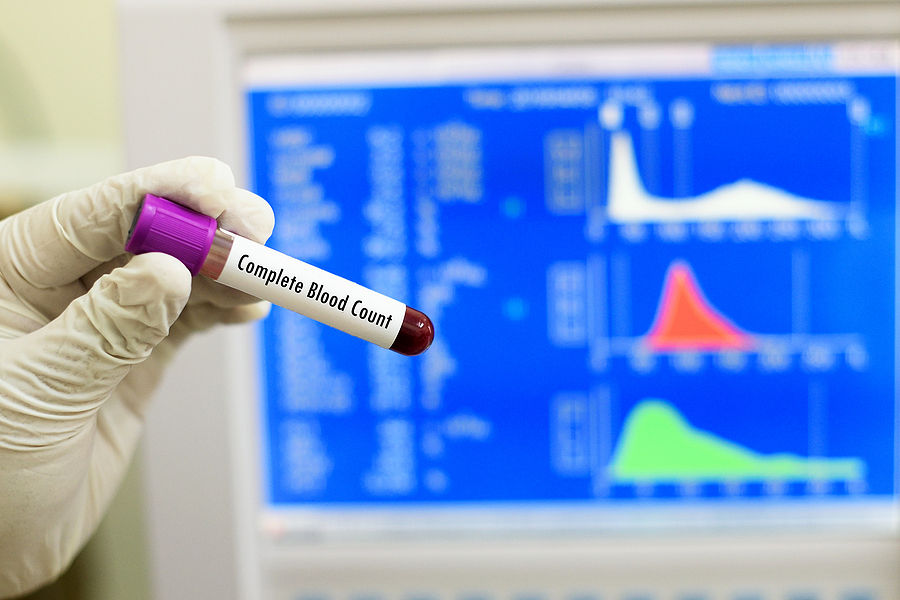Could Phlebotomy Be Done With Smaller Machines And Less Blood?
- Sarah
- Sep 24, 2025
- 2 min read
A pharmacy that specialises in phlebotomy knows how to maximise the accuracy of test results whilst minimising the amount of blood taken.
Each of the hundreds of different blood tests requires differing amounts of blood in order to test for particular biomarkers, with requirements that will vary between 1 ml and 10 ml per test.
As blood samples can often be used for multiple tests, it is possible that the same 2.5 ml to 10 ml of blood can be used to find a variety of results that could provide an accurate picture of your health.
However, there is always hope that blood tests can be done with less blood and on smaller machines. Both of these would help make certain generalised tests more widely available if a dedicated laboratory or pharmacy were too far away.
To answer whether it is possible, it is important to look at a rather famous example of a blood testing machine that did not succeed, and see if, despite its broken promises, the principle is possible.
Out For Blood
The story of Theranos is complex and led to criminal convictions, but what is important to look at is the invention they were developing for over a decade.
Initially known as the Edison and later the MiniLab, the main goal of the company was to design a blood testing machine as small as a desktop computer that was capable of performing a battery of common tests using a tiny proprietary “nanotainer” containing a drop of blood.
At one point, Theranos promised that the MiniLab would be capable of up to 200 tests on this single 1 ml sample, but there were multiple problems on principle with this idea.
The first issue is that whilst 1 ml is enough for a full blood count test, it is not enough to perform other tests without dilution, which potentially corrupts the test results. One of the biggest concerns was just how inaccurate the machine was for performing basic tests.
The other big issue is the size of the unit; being so small meant that the different pieces of testing equipment were too close to each other and started to generate enough heat to corrupt or void the result.
Finally, it relied entirely on fingerprick samples, which are often accurate enough for many common tests that you find on at-home testing kits. However, in other cases, blood needs to be taken from a vein in order to be as accurate as possible.
Is A Tiny Blood Machine Theoretically Possible?
Whilst Theranos was unable to prove that their machine worked and tried to hide the evidence that it did not, it does not necessarily mean that a small blood testing machine is impossible in principle.
There have been other attempts to create microsampling devices, most notably a team at Stanford University who developed a machine that could measure inflammatory markers, lipids, proteins and metabolites from 1 ml of blood.
However, they have admitted that their research is still in a preliminary stage, and at present, the way to get accurate, effective blood testing results is through a pharmacy or laboratory.
.png)



Comments